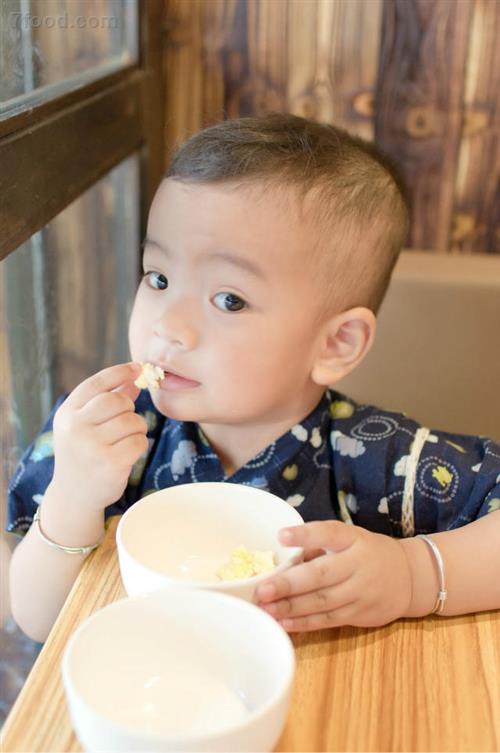Spring temperature changes children fever how to care
The temperature in the spring is unstable and bacteria and viruses spread very quickly. Children's flu is one of the most common diseases in the spring. Children who become infected with the flu can easily cause complications such as pneumonia, otitis media, and myocarditis, posing a threat to their health.

Initial flu symptoms are sometimes difficult to identify with the common cold. The common cold usually has a slow onset, fever is usually low fever, cough, nasal congestion, runny nose and other upper respiratory symptoms are more obvious, and there is no contagious or very low infectious; flu is usually acute onset, body temperature often exceeds 39 °C, whole body Symptoms of poisoning are heavier and can be transmitted to the surrounding population and even become popular within a short period of time.
What happens when the hot and cold springs alternate?
During the growth of your baby, many factors can cause your child to have a fever, some of which are physiological, and removal of predisposing factors can relieve it, while Others are caused by pathological causes. Fever in children is one of the common symptoms of childhood illness. It is a reaction of the body to pathogens. When the body temperature exceeds 39°C, it is high fever. When the fever is high, the children's cardiovascular burden is increased, the digestive function is disordered, and even irritability, convulsions, and coma occur. So when children have high fever, they must go to the hospital in time. What should I do if my baby has a fever in the spring?
1. Maintain the air circulation in the home
If your home has air-conditioning, keep the room temperature between 25-27°C. The child can be placed in an air-conditioned room or blown around with a fan to slowly lower the body temperature, so that the child can feel more comfortable. However, if the limbs are cold and fierce and chilly, it means that warming is needed, so it should be covered with blankets.
2, take off too much clothing
If the baby's limbs and hands and feet are warm and the body sweats, it means that heat is needed and you can wear less clothing.
3, give the baby a warm bath
Untie the baby's clothing and rub it with warm water (37°C). This will allow the baby's skin to expand and release the body gas. In addition, when water vapor evaporates from the surface, it will also absorb body heat.
4, to the baby with fever stickers
Helps to dispel heat, but it is not recommended for younger children. Because it is not easy for children to turn their bodies, ice pillows can cause local overcooling or hypothermia. The use of an antipyretic patch can also remove the heat in the gel-like substance of the antipyretic patch and allow the heat to be removed without excessive cooling.
5, let your baby drink plenty of water
To help sweat, and prevent dehydration. Water has the function of adjusting temperature, which can lower the body temperature and supplement the water loss in the baby's body.
6, use antipyretics
When the infant's center temperature (rectal or ear temperature) exceeds 38.5°C, an anti-fever medicine or suppository can be used appropriately.
Tips: If you have the following conditions, you should bring your baby to seek medical attention
1 The baby has a fever of 39.5°C or higher, and the body temperature does not decrease after physical cooling.
2 The baby is not yet full 2 ​​months and has a fever of 38°C or more;
3 baby fever, unconscious phenomenon;
4 The baby has convulsions.
HSG Catheter,silicone HSG catheter,Catheter,HSG
Anesthesia Medical Co., Ltd. , https://www.medicaldiverse.com